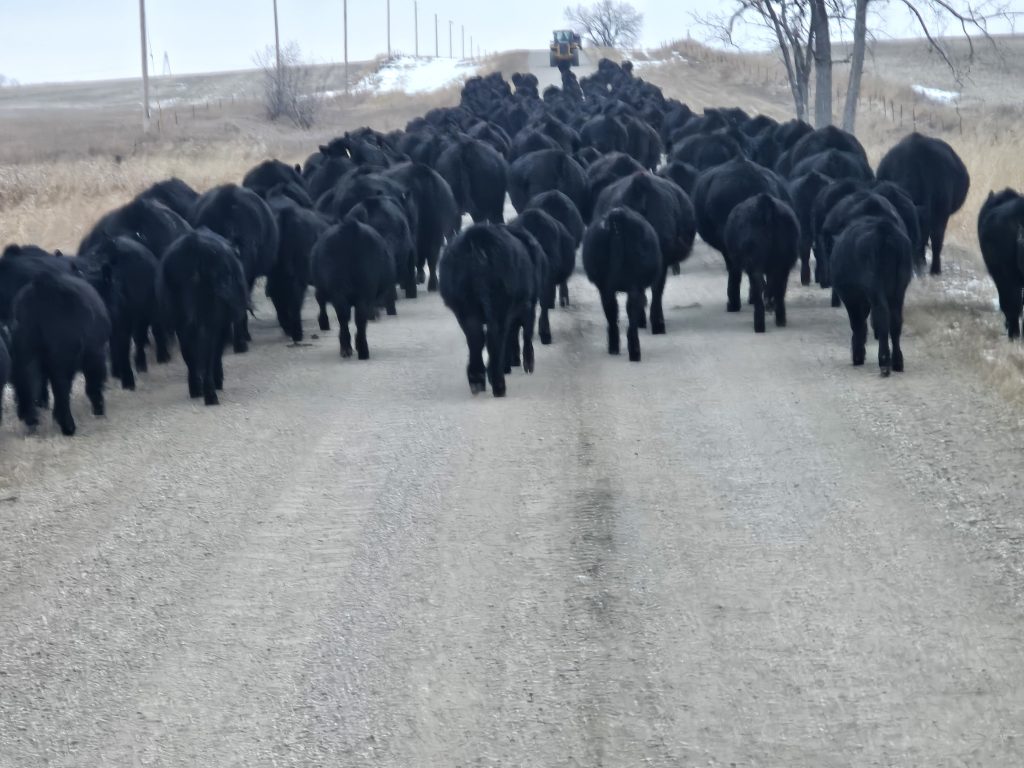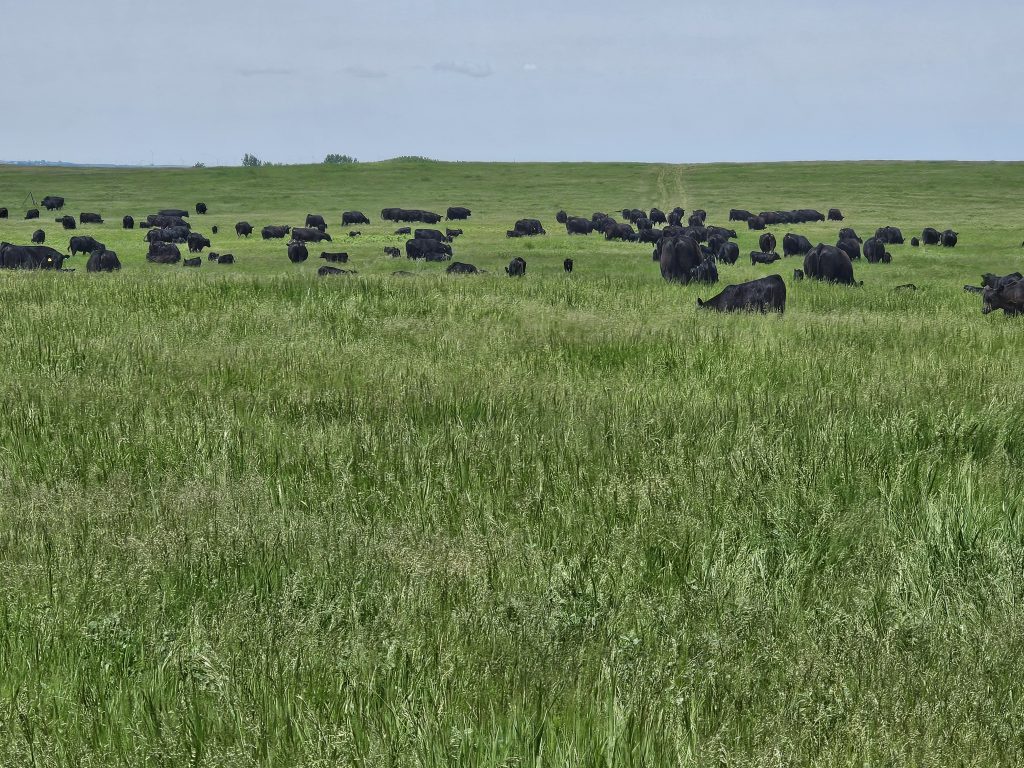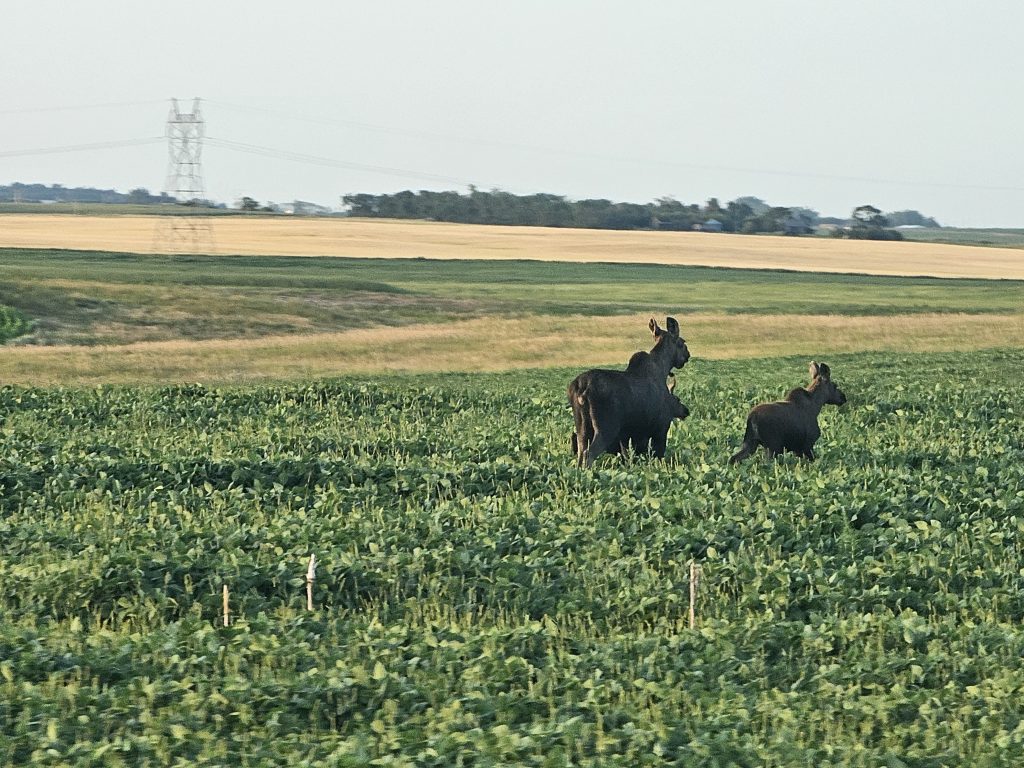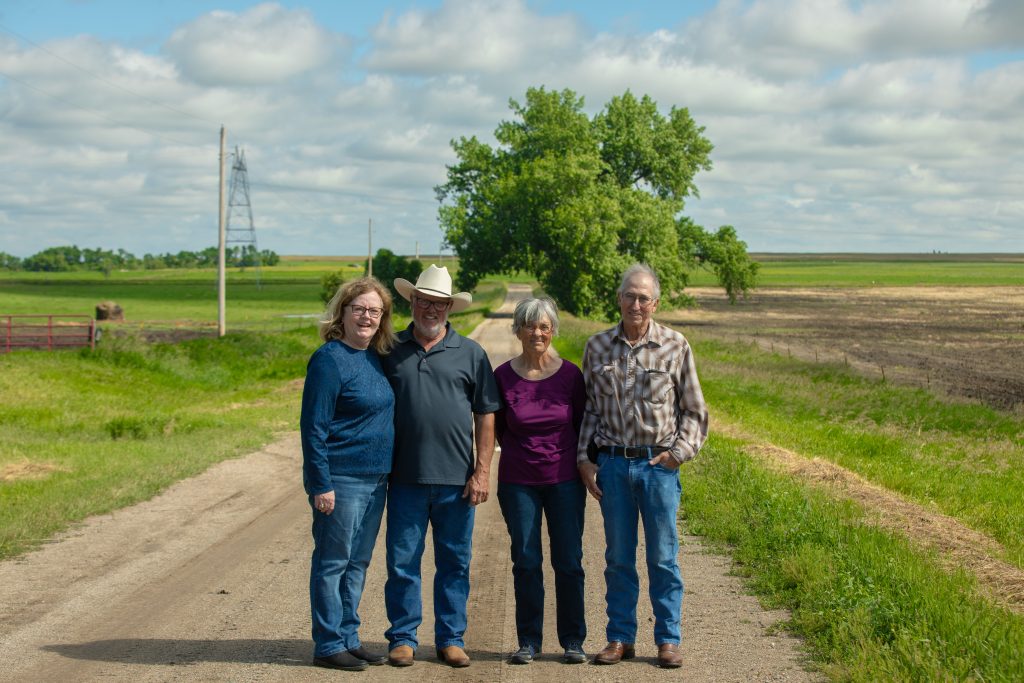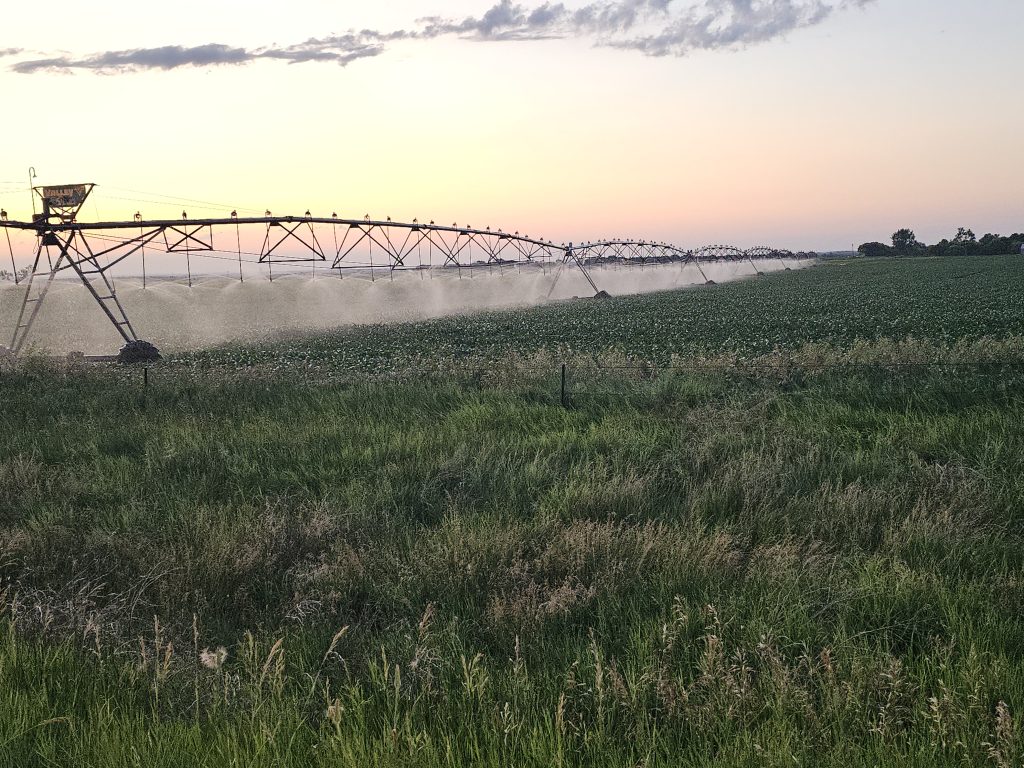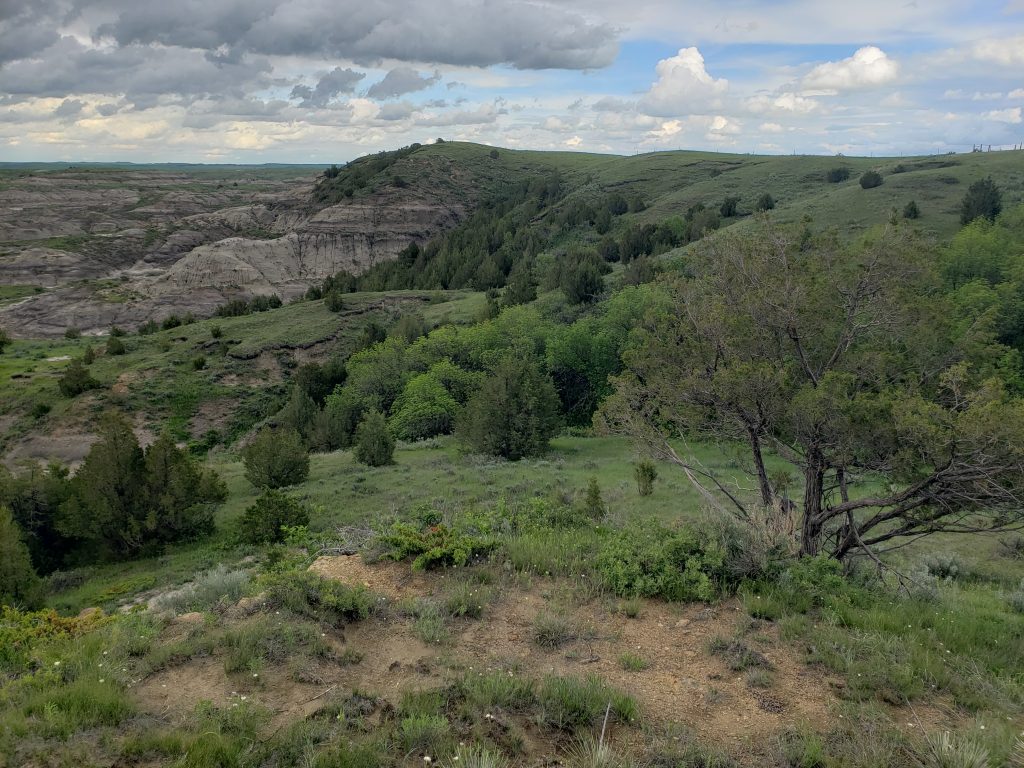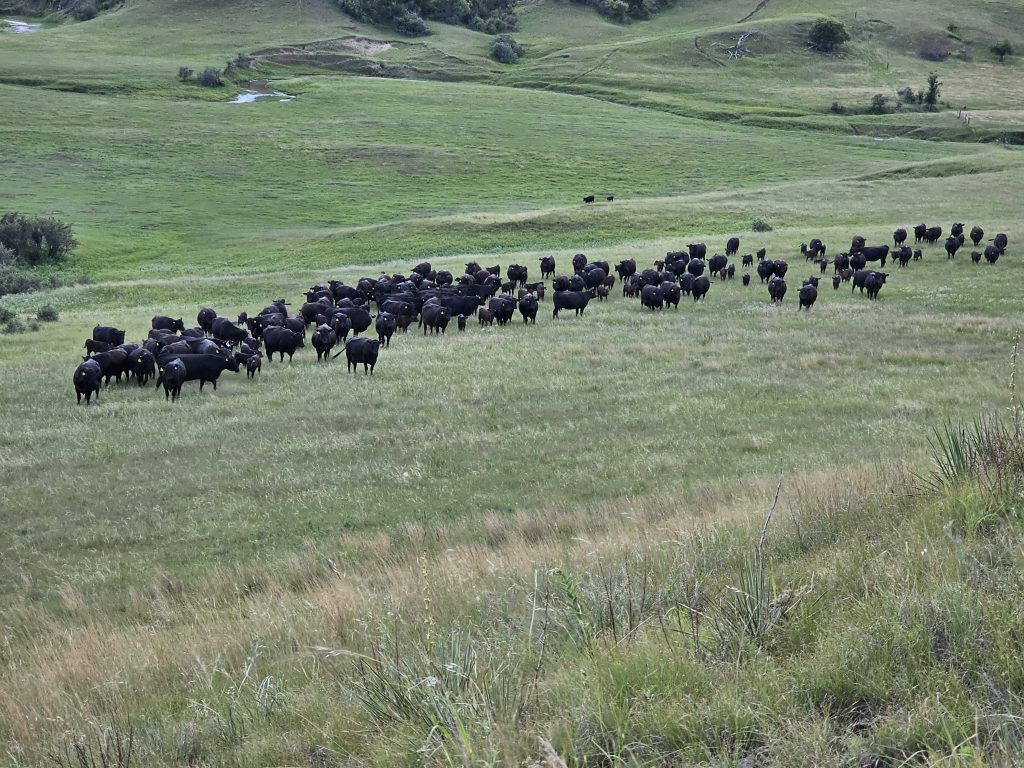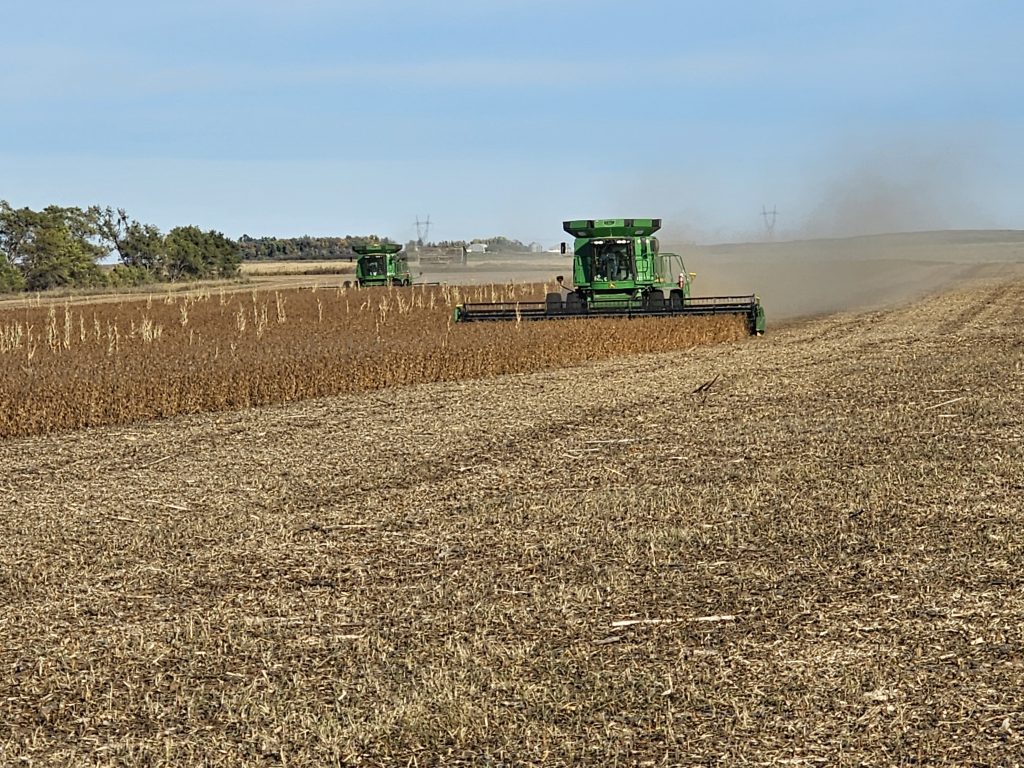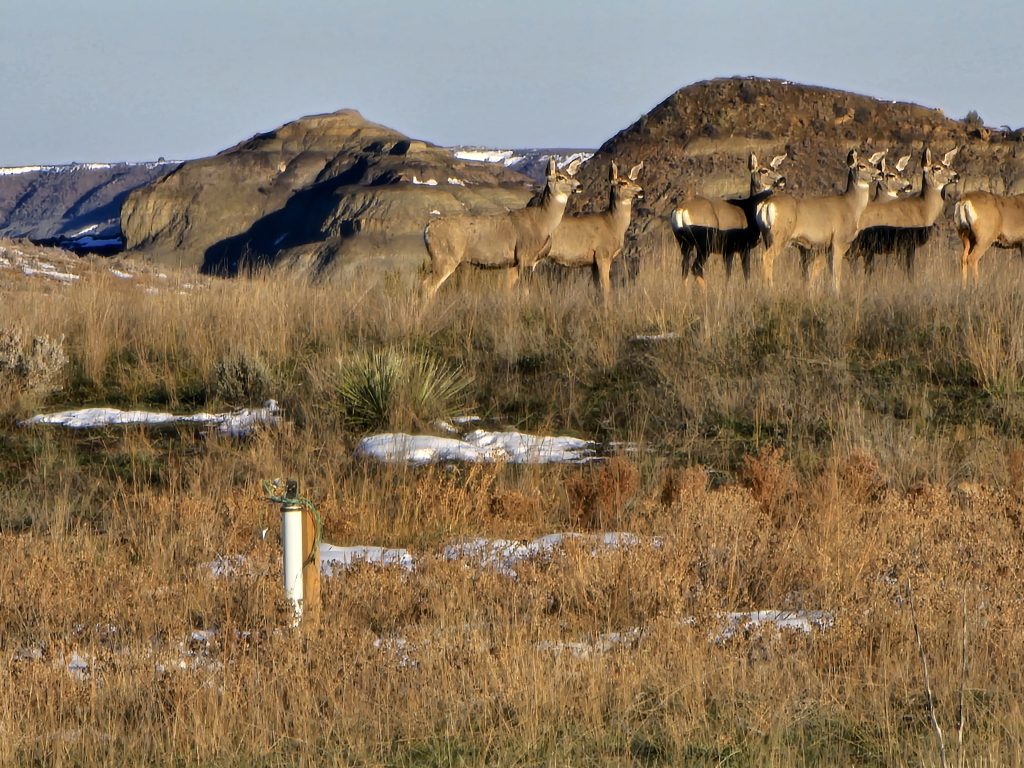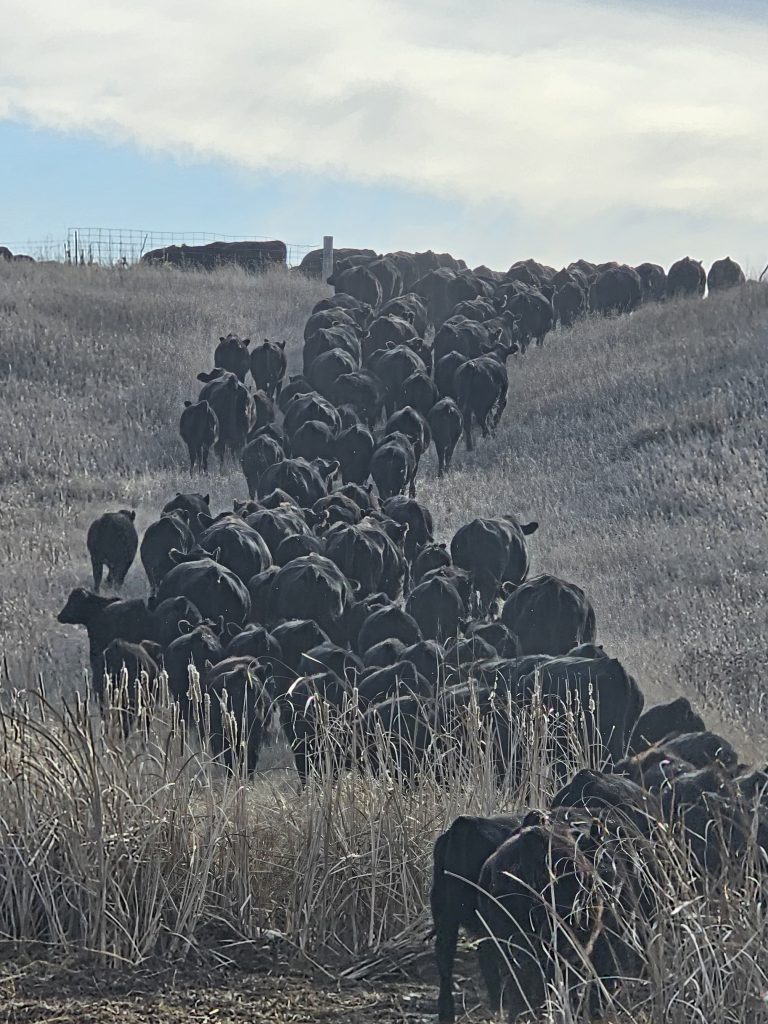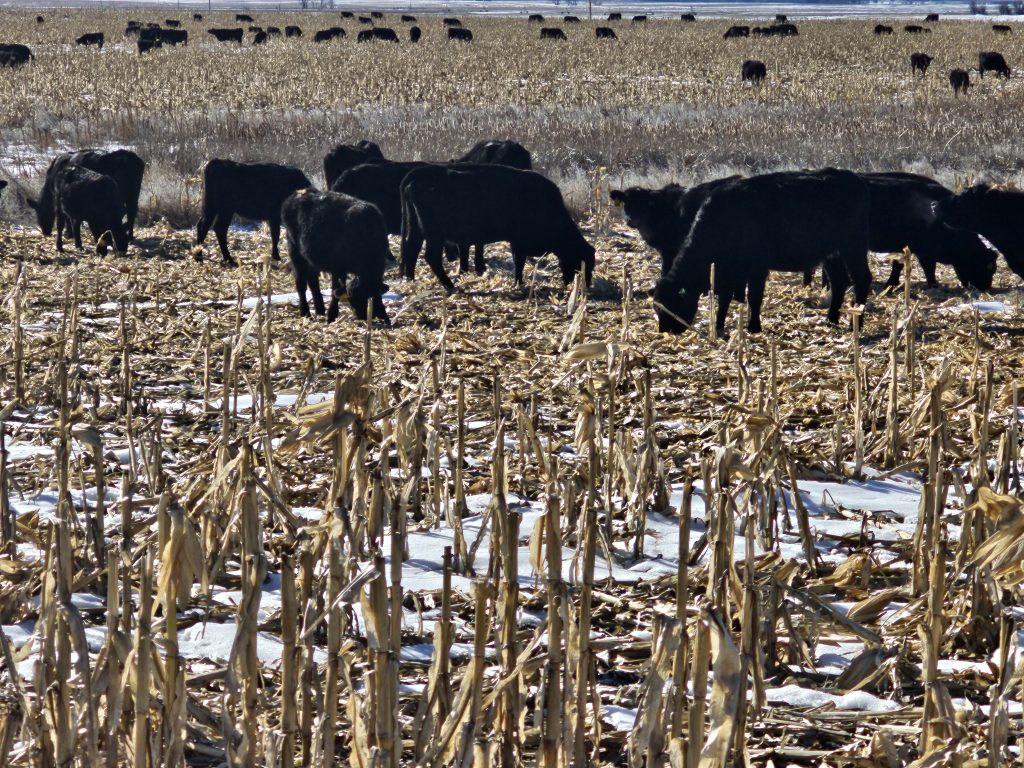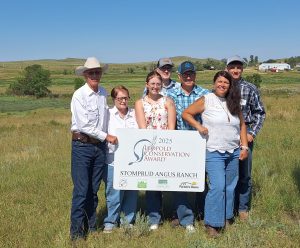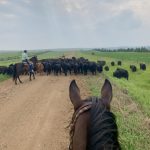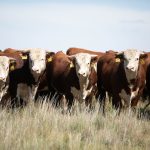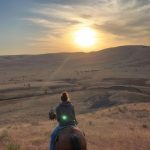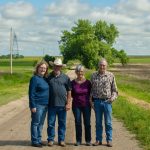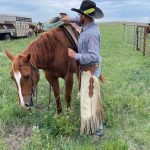Fall Cattle Journal 2025 | Heaton Ranches: Leaving the Land Better Than Before
To Lewis Heaton, just taking a hike through their rangeland is better than a vacation.
“Especially when it’s green and everything is alive out there,” he said. “It’s better than any vacation I could pay for.”
For Heaton, his wife, Sherry, daughter, Ella, and his sister and brother-in-law, Colleen and Albert Kershaw, who run Heaton Ranches near McKenzie, North Dakota, ranching has always been about a responsibility to the land, to the community and the future.
In 2024, Heaton Ranches was honored with the North Dakota Leopold Conservation Award for its decades-long commitment to soil health, wildlife habitat, water stewardship and sustainable grazing practices. But to Heaton, conservation is more than recognition — it’s their family’s way of life.
“We try to be regenerative, where we make things better each year,” he said. “That’s what we’re aiming for, where we can look at how far we’ve come from where we started.”
Rooted in the land since 1926
The Heaton family has called this part of North Dakota home for nearly a century. It began in 1926, when Heaton’s great-grandfather bought two quarters of land. One quarter went to his grandfather, and the other to a great-uncle. At the time, the family farmed in Arkansas but traveled north each spring to plant crops, returned south for the summer, then came back in the fall to harvest.
“My dad bought his own quarter while he was in the service in the 1940s,” Heaton said. “He sent his paycheck home and bought land, and that’s how he and my mom started here in North Dakota — just with those few acres.”
As Lewis grew up, he found himself drawn to the farm and the land. “I probably spent more time on a real tractor before I was 10 than I did playing with my toy ones in the dirt,” he said. “I’ve been out in it a long time and have seen a lot. I’ve got 60-some harvests in already.”
After college, Lewis ended up returning to the ranch during what was a challenging time for agriculture.
“That was the mid-70s, and then we came into the 80s, and anyone who went through that time knows we were pretty much stagnant for 15 years,” he said. “But when things turned around in the 90s, we started expanding.”
Today, the family manages multiple ranches and farms across the western rolling prairie and into the rugged badlands of southwestern North Dakota. What began as mostly a cropland operation is now around a 50/50 mix of cattle and crops.
A 30-year dedication to soil and grasslands
From early on, Lewis saw the potential of working with nature, not against it.
“The more you learn about soil, the more you want to do things that support it,” he said.
Over the last three decades, Heaton Ranches has implemented no-till cropping, cover crops and minimum soil disturbance. They’ve also embraced technology to fine-tune their management. The ranch uses variable rate technology to adjust seeding rates, fertilizer applications and has even added variable rate controls to its center pivots. These practices allow them to apply exactly what the land needs, where it needs it, helping reduce waste and improve soil health.
“I planted winter rye last fall into my soybean stubble and then planted corn right into that green rye this spring,” he said. “Later, we burned it down, and with all the rain we had, you could really see how much it helped prevent erosion. That cover held the soil together when we had four inches of rain in a few hours.”
The benefits extend beyond just erosion control. Healthier soils retain more moisture, support more biodiversity and require fewer inputs.
“It’s been a long, 30-year process as it’s not something that you can really move that fast,” Heaton said. “It takes a while, but we’ve moved things forward every year. That’s the goal. We’ve been working and are still working at it.”
The family has also sought new ways to make raising beef cattle more profitable and sustainable, particularly through adaptive grazing strategies. Heaton Ranches has installed extensive fencing and water systems to divide pastures into smaller paddocks, aiming for frequent rotations and shorter grazing periods.
“Our goal is about a week per pasture for each herd,” Heaton said. “We’re not there yet, but that’s what we’re working toward.”
This strategy helps rest pastures, allows regrowth and improves soil and animal health.
“When you move cattle more often, you see them more often, too,” he said. “That alone helps with herd health. And by always putting them on fresh grass, you get rid of a lot of disease pressure.”
It’s not just the cattle that have benefited.
“In the last 20 years, we’ve seen a big increase in wildlife, everything from moose to burrowing owls,” he said. “You see something new every day, or something you haven’t seen in a while.”
By avoiding season-long grazing and allowing for cover regrowth, Heaton Ranches has also improved nesting habitat for birds.
“There’s just more for them to use now,” Heaton said. “More diversity, more shelter. It’s a noticeable difference.”
Investment in conservation programs
Recently, Heaton participated in a two-year carbon monitoring project on one of his ranches. Researchers used sonic monitors to measure CO₂ flux in the soil under various grazing scenarios.
“The research hasn’t come out yet, but the whole process was interesting, not only CO₂ changes but also how your photosynthesis changes every day,” he said. “We even saw changes when the smoke came in from the Canadian wildfires. You could tell right away the photosynthesis dropped.”
Beyond participating in research efforts, Lewis is involved in conservation programs that provide environmental and public benefits. Through Environmental Quality Incentives Program (EQIP) and Conservation Stewardship Program (CSP) contracts, Heaton Ranches has implemented habitat-friendly practices, and through the North Dakota Game and Fish Department’s Private Land Open To Sportsmen (PLOTS) program, they open certain properties to public hunting access.
“Sometimes I’ll get a letter from someone I’ve never met, saying thanks for letting them bring their son or daughter out hunting,” he said. “That’s all pretty rewarding.”
Always learning and looking ahead
Heaton Ranches recently began its fourth season on a rugged ranch in North Dakota’s Badlands, near Marmarth. For Heaton, it’s become a canvas for long-term planning for the ranch.
“I’m trying to put together a master plan,” he said. “Something that builds soil health, improves water development, increases grazing rotation to a much shorter time and includes wildlife-friendly practices.”
It’s an ambitious project, but one that inspires him.
“If we work on it, I think it’ll be something really good, and not just for our business, but for the land itself.”
This perspective, that ranching must support both people and place, is what drives Heaton and his family every day.
“This land’s been here for millions of years,” he said, referencing the 60-million-year-old dinosaur fossils occasionally found in the Hell Creek Formation near their Badlands ranch. “Our time on it is short. We want to keep the land in better shape than we found it.”
A family way of life
Behind this work at Heaton Ranches are Lewis, Sherry, Ella, Colleen, Albert and a team of dedicated employees.
“I always find it kind of amazing how much a family can get done if everyone works together,” Heaton said. “Not every family can do that, but when you can, it makes a difference.”
That difference can be seen in the soil that holds through a storm, the healthy cattle and grasslands, in the wild animals returning to old habitats and in the people who care for it all. At Heaton Ranches, ranching is conservation: both are their way of life and the work continues every day to leave everything better than before.
*Note: All photos credit Lewis Heaton

